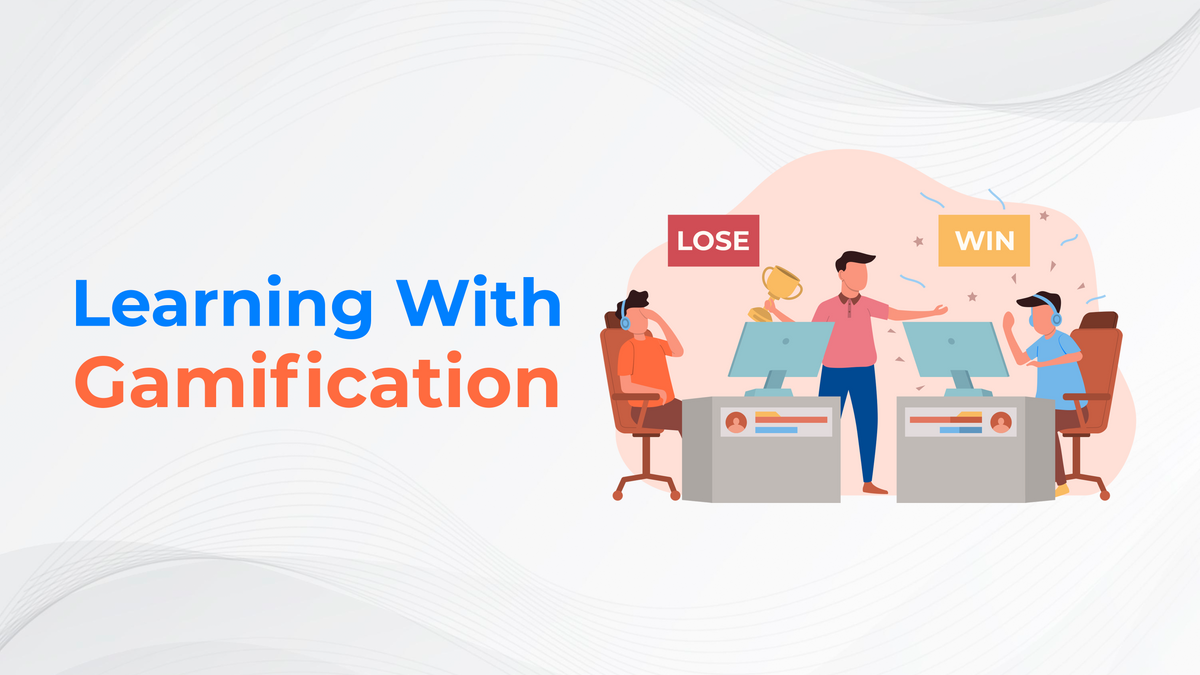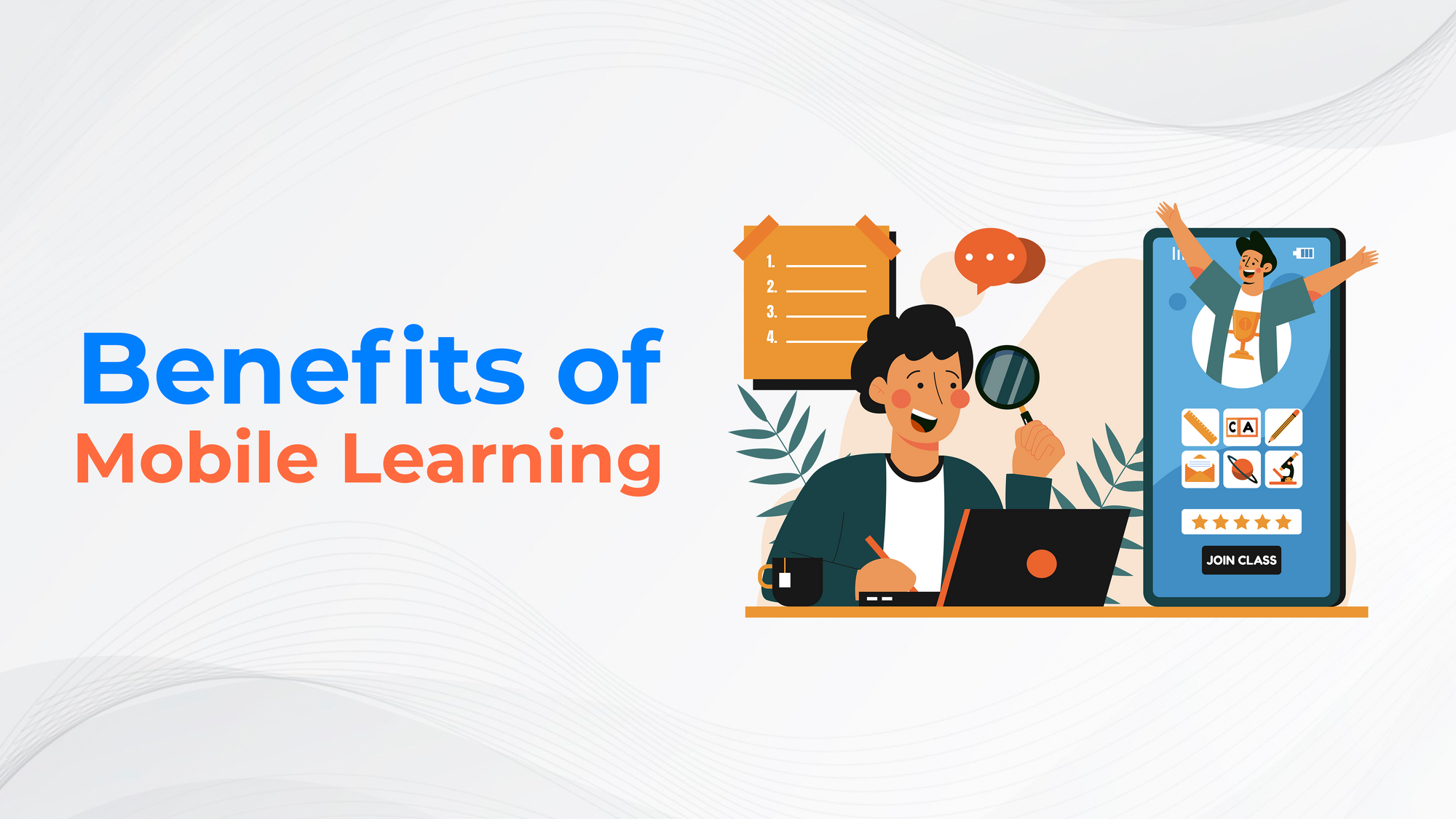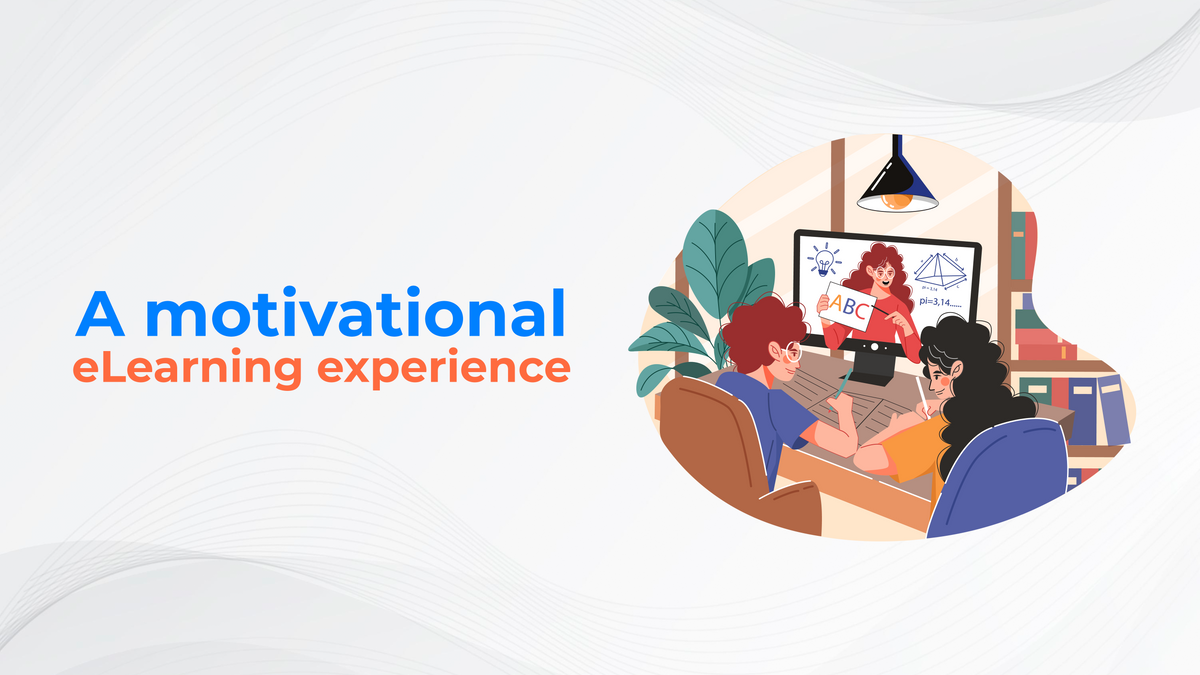Benefits of Gamification
Gamification is a highly effective tool in the world of learning management systems, or LMS. It can help to create an interactive and engaging learning environment for students, encouraging them to stay engaged with their coursework. By applying game-like elements such as points, achievements, and leaderboards to their LMSs, educators can motivate learners and track their progress more efficiently.
The primary benefit of gamification is that it makes education fun and encourages students to participate actively in the process by providing feedback on assignments. Learners are rewarded for completing tasks with points or badges that act as incentives to keep progressing through their online courses. In addition, leaderboards allow teachers to easily monitor each student's progress within a course and determine who may need extra help or guidance. Gamification also helps teachers identify learning trends among students so they can tailor lessons accordingly.
What is Gamification?
Gamification in Learning Management Systems (LMS) is an effective way to engage and motivate learners. It involves the application of game elements such as points, levels, badges, and leaderboards into the learning process. As a result, users are more likely to be engaged in learning activities and be motivated to complete them.
The concept of gamification has been around for many years but it wasn't until recently that it became popular in course design. By incorporating game mechanics into a course design, instructors can create a rewarding experience for learners that increases engagement and encourages them to complete their courses. This can lead to improved knowledge retention, reduced attrition rates, and higher customer satisfaction scores. Gamification also allows instructors to measure learner progress more accurately by tracking their performance on different tasks or achievements throughout the course.
How Does it Work in an LMS?
Gamification has become an increasingly popular concept in the world of learning management systems (LMSs). It is a way to employ game-like elements in educational experiences to help engage and motivate learners. This innovative approach can be used to help users stay on track with their training objectives, break down complex topics into smaller chunks, boost user engagement and create a more stimulating learning environment.
The basic idea behind gamification is that it takes the mundane tasks associated with learning and makes them more enjoyable by adding rewards or incentives for completing them. Rewards can come in the form of points, badges, levels, or even real-world prizes. By combining this reward structure with interactive elements such as competitions and leaderboards, learners are encouraged to complete tasks to achieve higher scores or reach new levels.
Benefits for Students and Teachers
The use of gamification in learning management systems (LMS) has been gaining popularity in the education sector. By introducing game-like elements into traditional teaching, both students and teachers benefit from an immersive environment that encourages engagement and active participation.
Gamified LMS offers several advantages for both parties. For students, the rewards system provides a visual representation of the progress that is often more motivating than traditional grading methods. Gamified assessments can also increase student motivation by providing feedback on their performance compared to other classmates. Meanwhile, teachers gain valuable insights into how their students are progressing, as well as the ability to personalize learning experiences based on individual needs. This allows them to ensure all learners are engaged with the material and receive a quality education experience.
Integrating Gamification in an LMS
In our digital age, gamification is a powerful tool for student engagement and learning. Integrating it into a Learning Management System (LMS) provides educators with an effective way to create interactive, immersive experiences for their students. Using game-play elements such as points, rewards, and leaderboards within the virtual classroom environment, educators can foster collaboration, motivate students to complete tasks, and provide immediate feedback on progress.
Gamification has been shown to increase student engagement by granting them autonomy over their learning process. Educators can use gamified activities such as quizzes or competitions to spark curiosity in the minds of learners and help them build skills in areas like critical thinking or problem-solving.
Challenges of Implementing Gamification
Gamification has been widely accepted as an effective tool to engage students in the learning process, but there are still challenges associated with its implementation in Learning Management Systems (LMS). Implementing gamification into an LMS can be a complex task that requires careful planning and execution.
For gamification to be successful, it is important to understand what types of games work best with the target audience and how they can be used in an educational setting. The game's design should also consider the technology available, as well as any potential technical issues that could arise when implementing it into the LMS. Additionally, since different types of learners respond differently to different types of games, educators must consider this when creating their gamified course or module.
Conclusion: Maximizing Learning Potential
BrainCert has taken gamification to the next level, allowing users to maximize their learning potential. By combining traditional education with interactive gaming features, BrainCert has created an engaging and effective learning platform. The platform's focus on student engagement and enjoyment can help learners stay motivated and achieve success. BrainCert also offers a wide range of courses and resources that can be used by students of all ages to expand their knowledge and skills.










